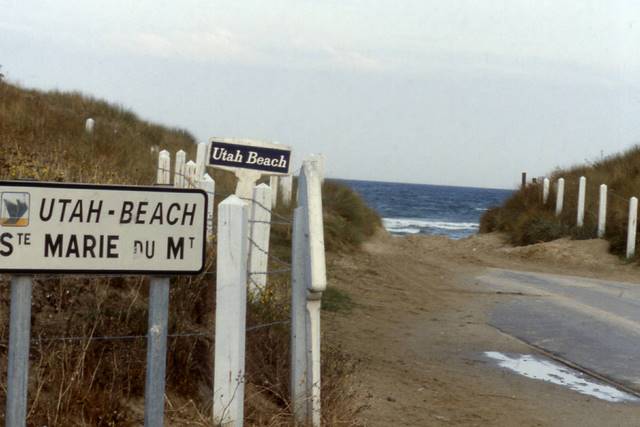

It was with a heavy heart that I toured Normandy and the beaches and battlegrounds of World War II. Utah Beach, Omaha Beach, Ponte du Hoc were names that I had heard often. Finally seeing them gave me a renewed respect for the men and women who fought and died there.
Normandy is a region of northern France located on its west coast and the English Channel.
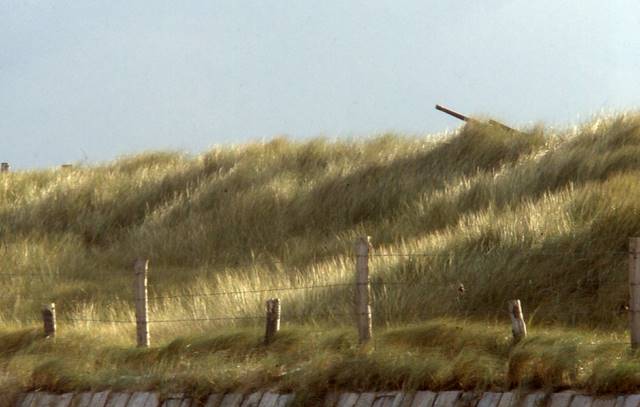
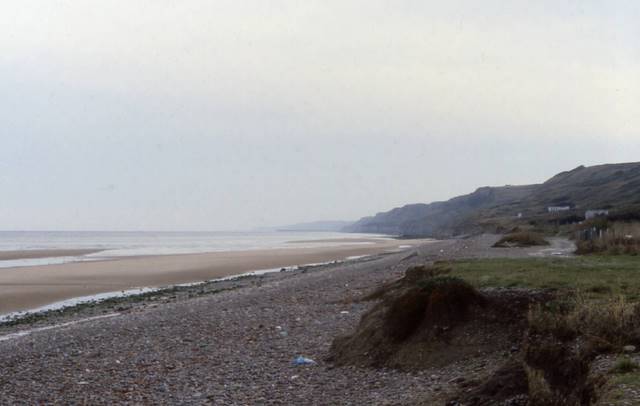
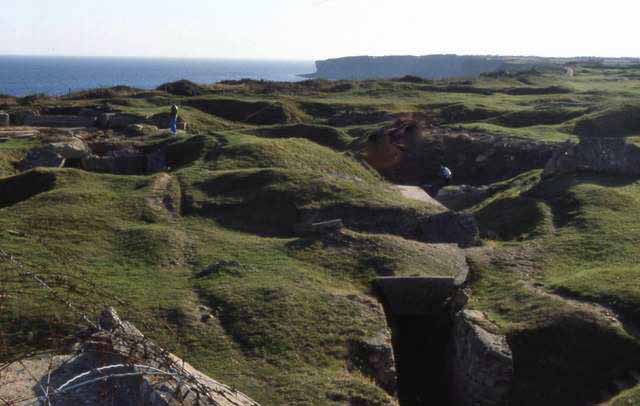
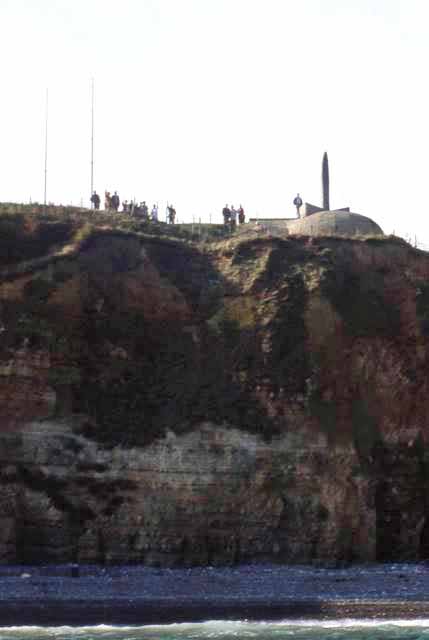
Between Omaha and Utah beaches iss Pointe du Hoc. It was here that the allied forces, upon landing ashore, had to scale the 85-100 foot cliffs by using rope ladders.
Today, a stark reminder of the battlefield lingers, as German forts and tunnels, though demolished , remain. And though the grass has returned to a soft hue of green, it far from covers the turmoil that took place there.
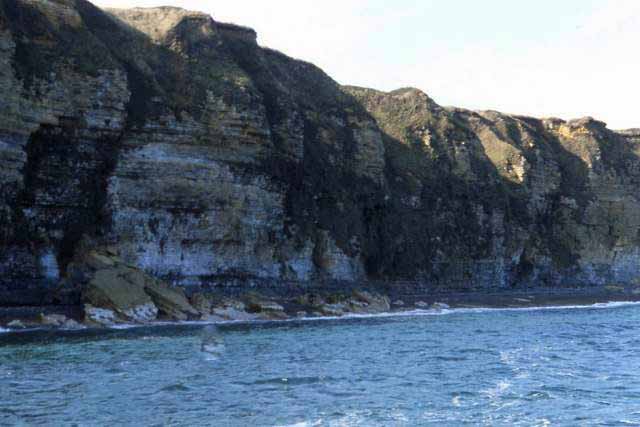
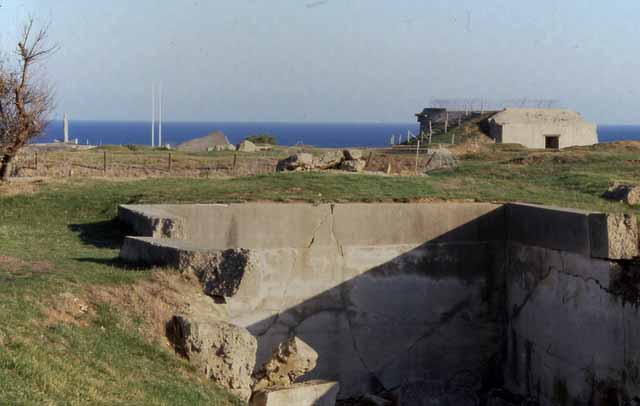
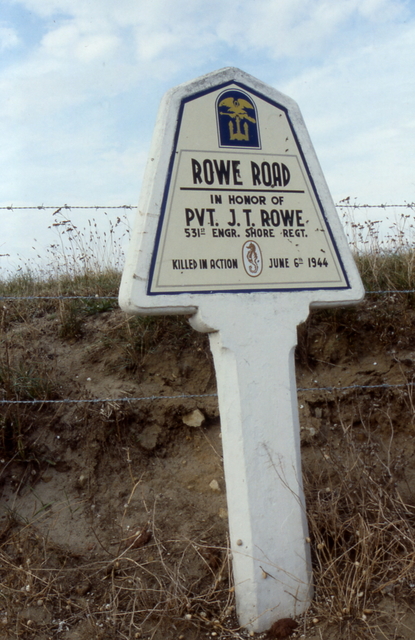
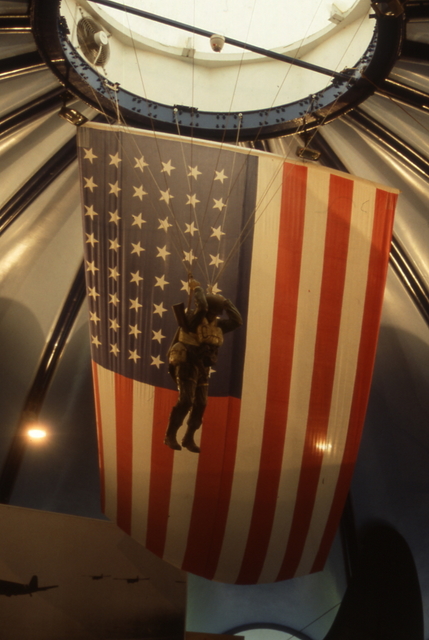
A museum in the town of Sainte- Mere- Eglise in Normandy is a tribute to the 82nd and 101st Airborne Divisions who dropped paratroopers on the town during the morning hours of June 6, 1944, D-day.
Sainte-Mere-Eglise was the first town to be liberated by allied forces of World War II.
The church at Sainte-Mere-Eglise holds significance due to the misfortune of an American paratrooper John M. Steele of the 82nd Airborne Division.
As he neared the landing, a gust of wind blew him off course, and his parachute snagged on the steeple of the church. Having been injured, he watched helplessly the ensuing battle below.
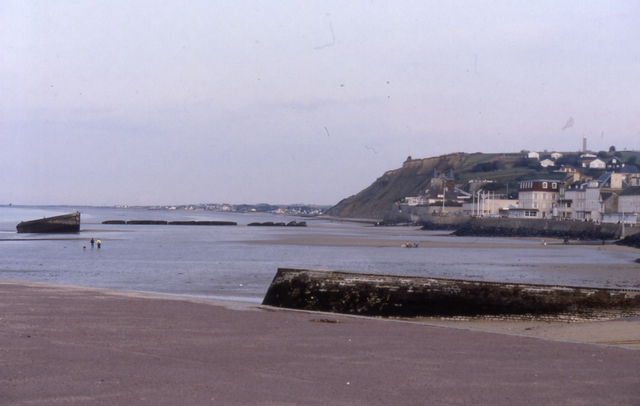
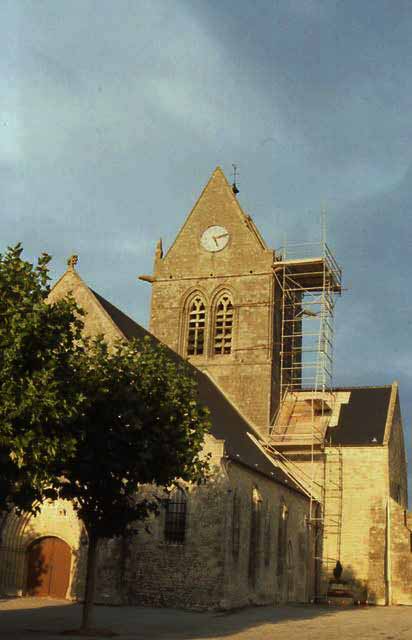
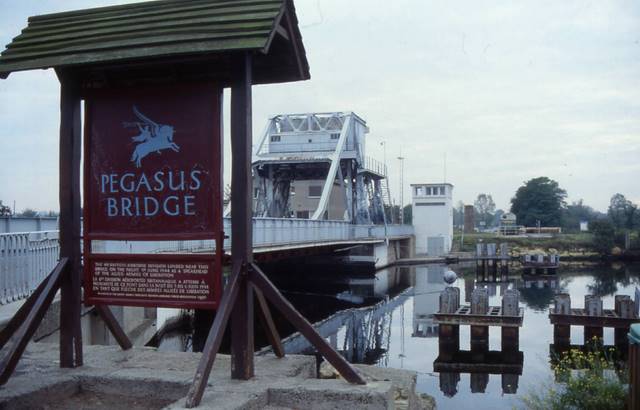
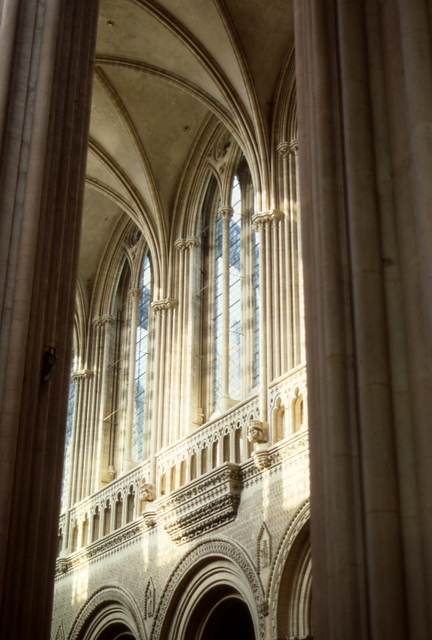
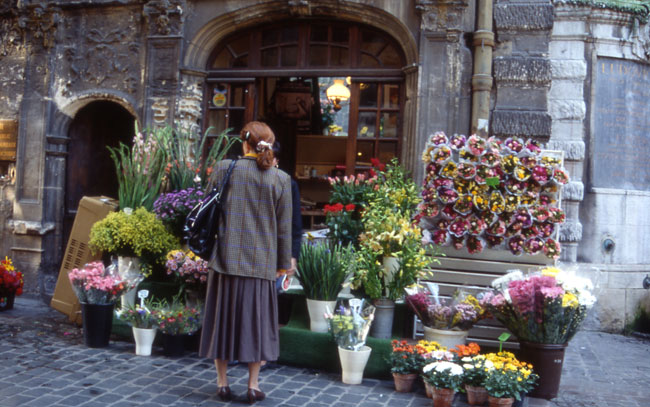
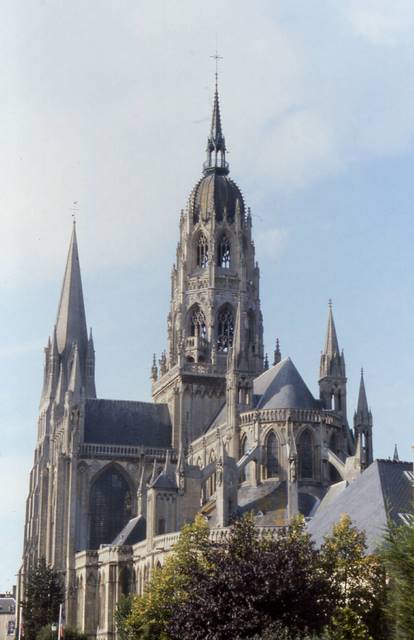
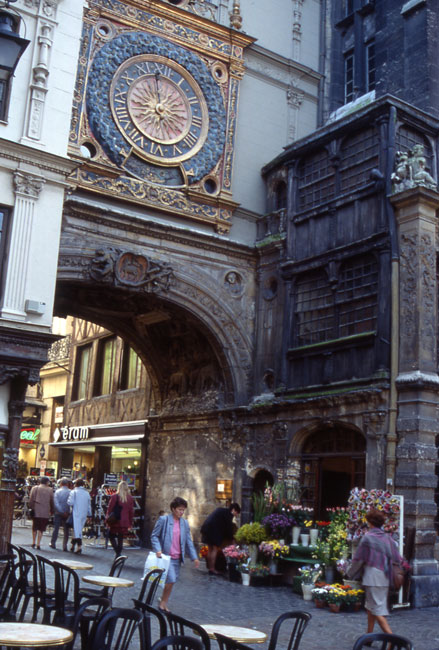
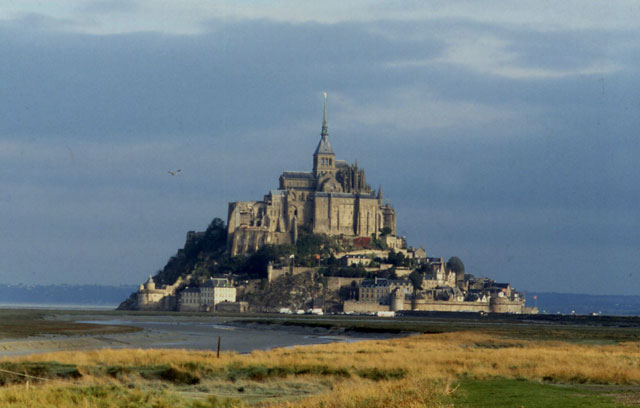
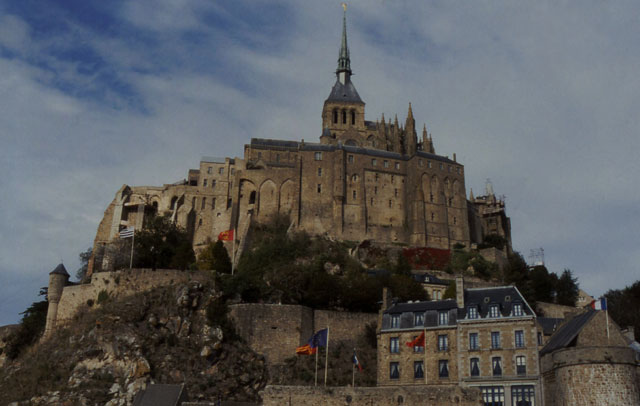
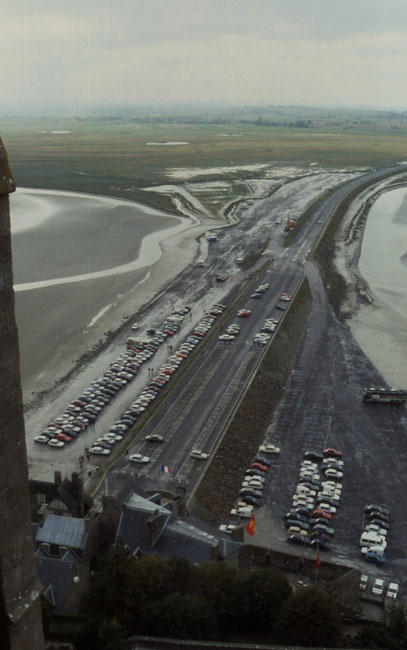
To view other locations in France, please return to the France home page.
Thank you for visiting these photo pages.
If you're interested in seeing more, please return to the Main Menu at the bottom of my home page and make your selection.
All images within 'The Wandering Chick' Web site are copyright protected. They may not be downloaded or otherwise copied.
Please contact me if you think a particular photo or set of photos can be used in your publication.